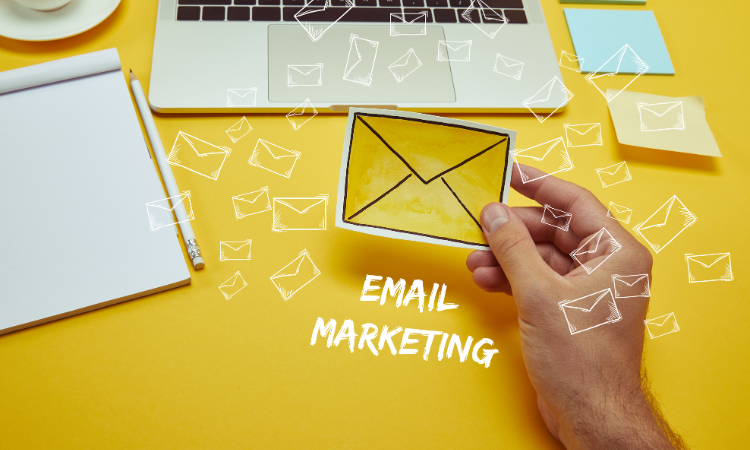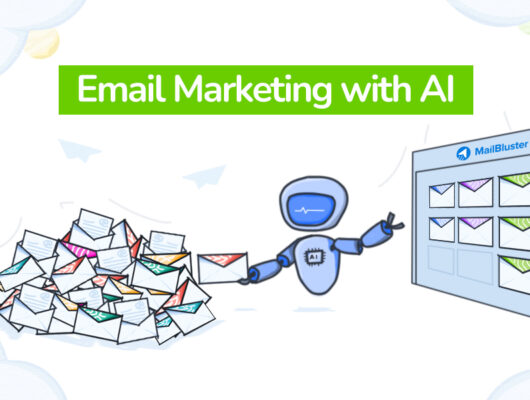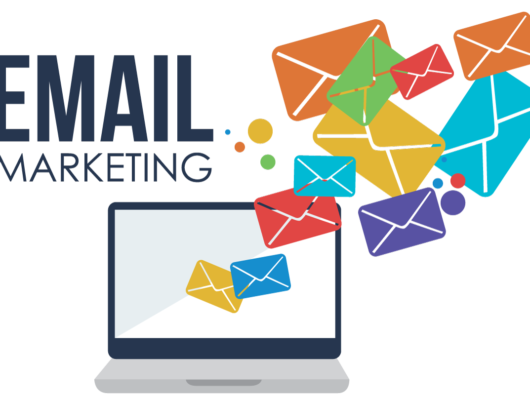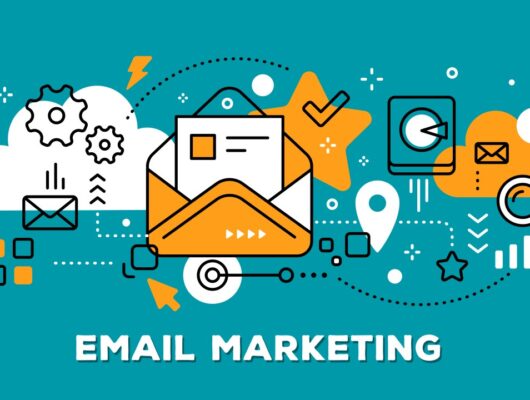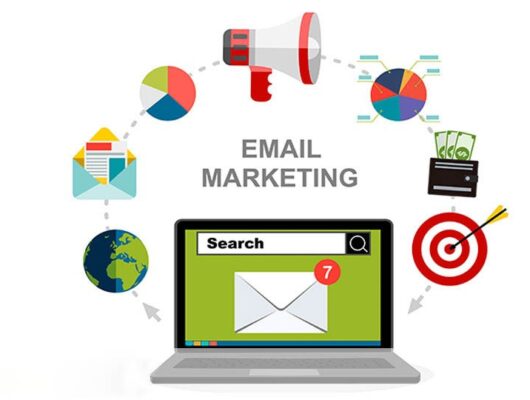Email marketing continues to be a pivotal tool for businesses aiming to connect with their audience, build relationships, and drive sales. However, to fully leverage email marketing, one must adhere to established best practices that can significantly improve campaign performance.
This article explores essential email marketing best practices, providing actionable insights for businesses to refine their strategies and achieve better outcomes.
Understanding the Essentials of Email Marketing
Prioritize Permission-Based Marketing
- Consent is Crucial: Always obtain explicit consent before adding new contacts to your email list to comply with regulations like GDPR and to ensure a high-quality subscriber base.
- Opt-In Transparency: Clearly communicate what subscribers can expect in terms of content and frequency during the sign-up process.
Craft Compelling Subject Lines
- First Impressions Count: Your subject line is the first thing recipients see. Make it intriguing and clear, reflecting the content of your email.
- Personalization and Urgency: Include personal touches, such as the recipient’s name, or create a sense of urgency to increase open rates.
Best Practices for Email Content
Focus on Personalization
- Tailor Your Messages: Use data-driven insights to customize your emails based on the subscriber’s past behavior, preferences, and demographics.
- Segmentation: Segment your email list to deliver more relevant and personalized content that resonates with different groups within your audience.
Keep Your Design Responsive
- Mobile Optimization: Ensure that your email design is responsive and looks good on all devices, particularly smartphones, as a significant portion of users access email through mobile.
- Visual Appeal: Use a clean layout, attractive visuals, and a consistent brand style to make your emails inviting and easy to read.
Engagement and Interaction
Encourage Reader Engagement
- Interactive Content: Include polls, surveys, or clickable elements to increase interaction rates.
- Clear Call-to-Action (CTA): Every email should have a clear, compelling CTA, guiding recipients on what to do next—whether that’s visiting a website, entering a contest, or making a purchase.
Regular Testing and Optimization
- A/B Testing: Regularly test different aspects of your emails (like subject lines, CTAs, and email copy) to see what performs best.
- Analytics: Use analytics to track open rates, click rates, conversion rates, and more to continually refine your approach.
Maintaining a Healthy Email List
Clean Your Email List Regularly
- Remove Inactive Subscribers: Regularly clean your list by removing subscribers who haven’t engaged with your emails over an extended period. This helps improve deliverability and engagement metrics.
Respect Unsubscribes
- Easy Opt-Out: Always include a clear and straightforward way for subscribers to opt out of receiving emails. This not only adheres to email marketing laws but also helps maintain a cleaner, more engaged list.
Conclusion
Email marketing is an art and science that requires continual learning and adaptation to the preferences and behaviors of your audience.
By following these best practices, businesses can create more engaging, effective, and successful email campaigns that not only reach but resonate with their audience.
Remember, the ultimate goal of email marketing is to build and nurture relationships, and these practices are designed to help you do just that.


